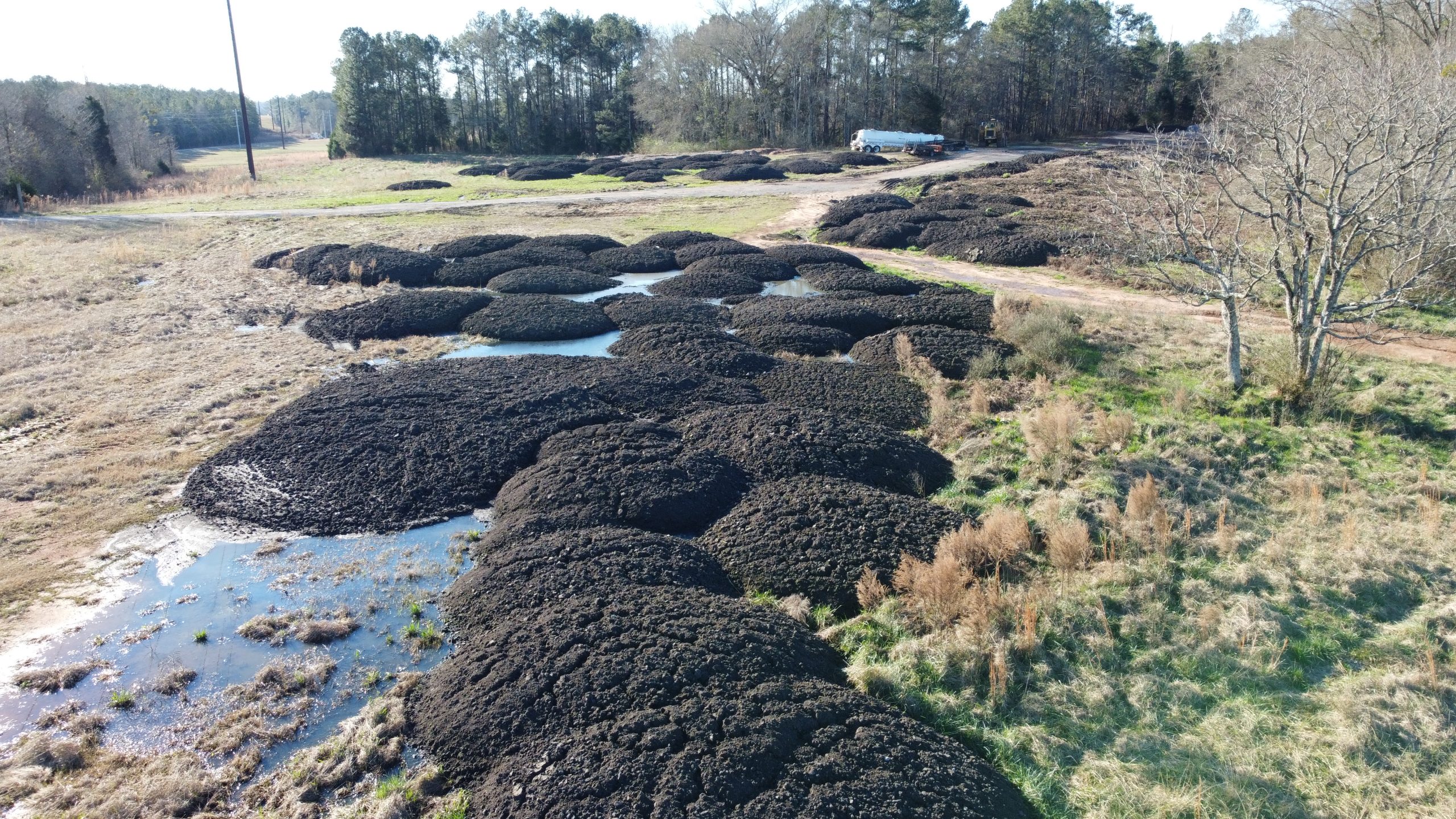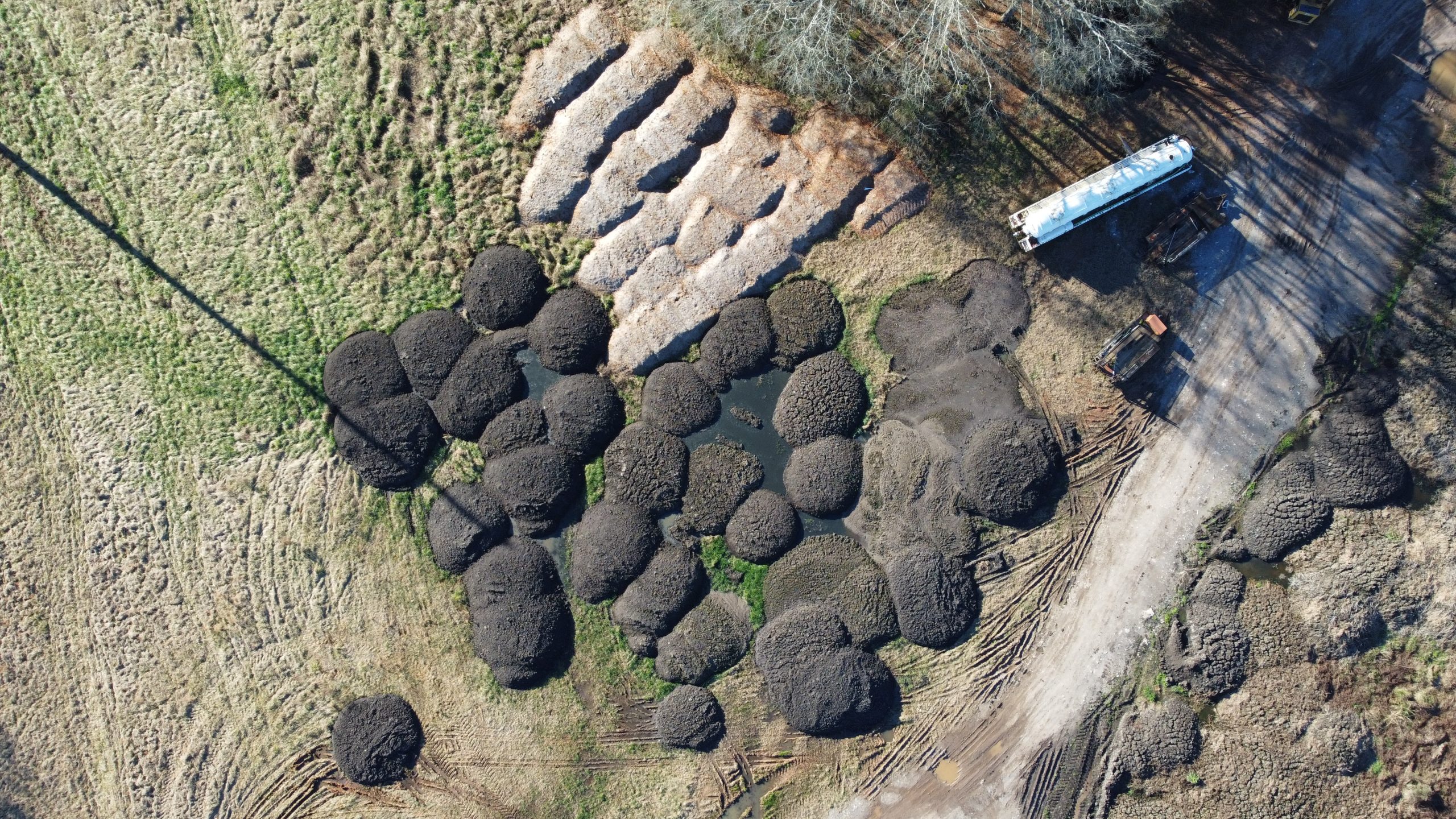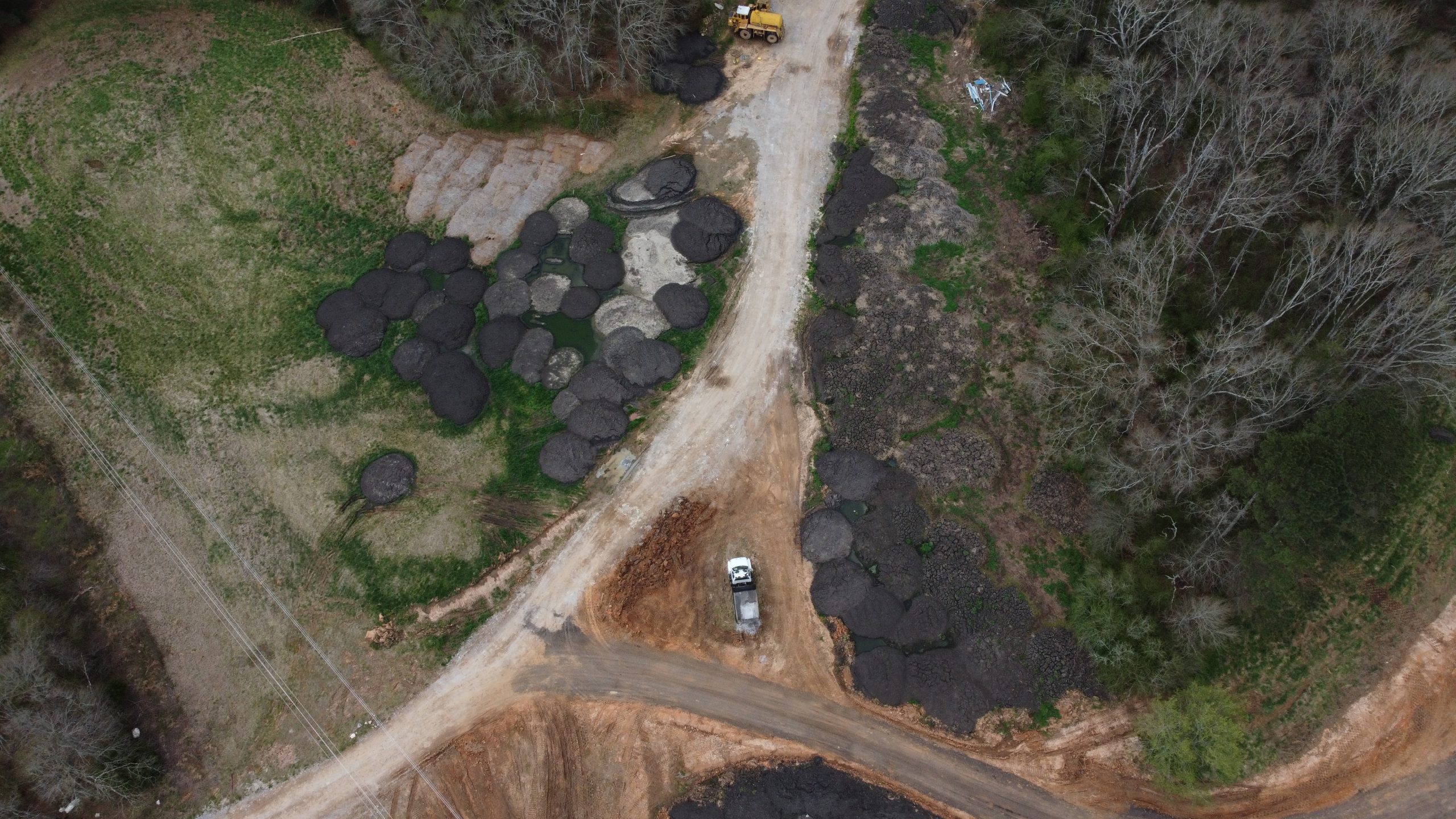BIOSOLIDS - PFAS INFECTING FARMLAND AND RIVERS
Biosolids are a product of the wastewater treatment process that has garnered significant attention in recent years. However, the terminology surrounding biosolids can be confusing as biosolids and sewage sludge are often used interchangeably. To clarify this issue, we will distinguish these two related terms with the help of the EPA (Environmental Protection Agency).
According to the EPA, sewage sludge is the term used to refer “to the solids separated during the treatment of municipal wastewater.” Meanwhile, the term, biosolids, is used to refer “to treated sewage sludge that meets the EPA pollutant and pathogen requirements for land application and surface disposal.” In order for biosolids to be defined as such, they must meet EPA requirements, that is the key difference between these two related terms.
But what exactly are the implications of using biosolids in various ways, and what are the concerns associated with their application? Let’s dive deeper!

WHY IT’S BEING USED
The conversion of biosolids into absorbent materials has been explored as a cost-effective alternative to traditional absorbents. This process can also recover valuable resources like phosphorus and reduce the energy associated with incinerating sewage sludge.
Waste management firms have been providing biosolids to farmers as an economical substitute for traditional fertilizers due to their cost-effective production and distribution. Farmers can easily acquire biosolids and incorporate them into their field applications.
CONCERNS
One common concern with biosolids is the odor they emit. Stinky compounds like ammonia, amines, and sulfur-containing compounds can be smelt during their treatment. These odors may cause discomfort to those living near the application sites. However, it’s essential to note that the presence of these odors does necessarily indicate harm to human health or the environment itself.
That being said, it is important to take note of this issue to ensure that biosolids are not used in areas where they can negatively impact people’s aesthetic living conditions. No one wants to wake up to a nasty odor creeping in from their front door.
The land application of biosolids is not without controversy. There are concerns about the presence of pathogens, inorganic and organic compounds, and heavy metals. Due to the potential presence of pathogens, there’s a risk of infections through runoff from land treated with biosolids. Nearby recreational areas could be at risk of contamination by pathogens like salmonella or E. Coli. Moreover, in Alabama, there’s a heightened concern that biosolids may contain PFAS (persistent chemicals known to cause liver damage, thyroid issues, fertility problems, and cancer), which can contaminate water supplies and harm both vegetation and public health. These substances can be immobilized by specific plant species, reducing the risk to the food chain and human health. Nonetheless, it’s vital to carefully monitor their presence, just as we should consider the potential odor concerns.

PASSING THE BUCK - ALABAMA REGULATIONS
Until the year 2020, there were no rules and regulations regarding biosolids in the state of Alabama. The Alabama Department of Environmental Management (ADEM) argued that it was the Environmental Protection Agency’s job, not theirs. However, since the adoption of some regulations in our state, there have been reports of biosolid applications on land. At one point an authority from ADEM blamed farmers for using biosolids due to it being cheaper rather than blaming the waste companies selling it to them. Present rules stipulate that biosolids cannot be injected into the land but must be sprayed onto the surface. Nonetheless, ADEM still does not conduct tests for PFAS in these biosolids, despite the potential risks they pose to vegetation and water supplies due to runoff.
Furthermore, ADEM refrains from testing for odors and instead recommends that residents affected by odor issues consult with their neighbors. In doing so, ADEM shifts the responsibility back to the neighboring residents who have to contend with the odor-related problems.
CONCLUSIONS AND MOVING FORWARD
At first glance, biosolids may seem like a cost-effective alternative for those looking to save on fertilizers. However, in the state of Alabama, this apparent cost savings comes with significant risks. Notably, ADEM does not conduct any testing for PFAS in biosolids, and they do not regulate biosolids use based on the odors they produce.
This lackluster response from an agency responsible for safeguarding Alabamians and the environment only reinforces the argument against using biosolids. The absence of oversight means that there is no assurance that the use of biosolids won’t negatively impact downstream communities or neighboring farmlands. While biosolids may have initial appeal, the consistent issue of passing responsibility for concerns related to biosolids within Alabama and ADEM’s response makes it clear that we must firmly reject the use of biosolids in the foreseeable future.




